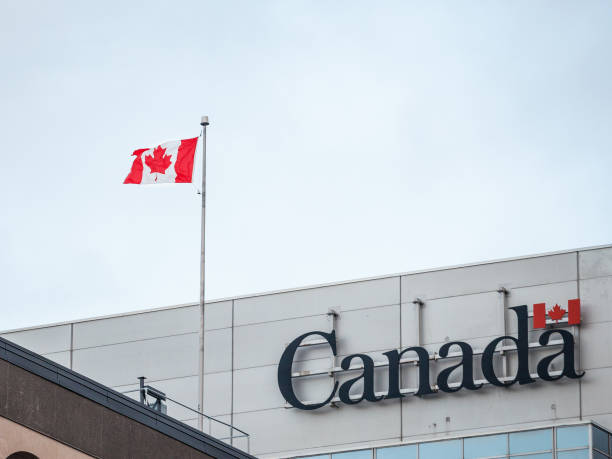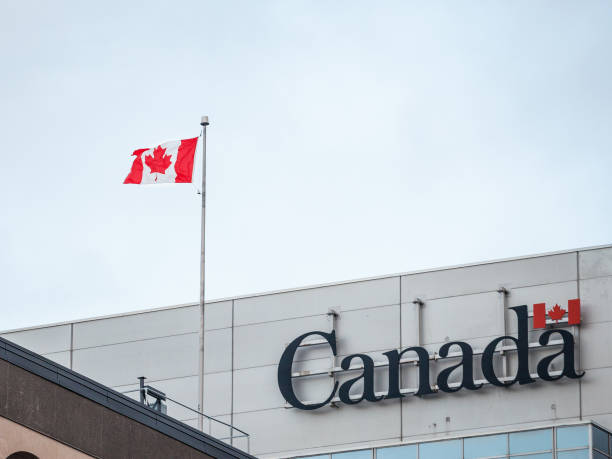
Business optimism ticked lower but remained elevated in the second quarter of 2022, according to the Bank of Canada Business Outlook Survey (BOS). The BOS indicator, a statistical summary of survey results, remained elevated at 4.85 in 2022Q2, though down from 5.01 in 2021Q1.
Businesses generally expect solid sales growth over the next twelve months. However, it is expected to moderate, reflecting a return to more normal demand conditions. Firms with expectations of slowing sales growth were mainly linked to housing, natural resources and transportation. On the other hand, firms in high-touch industries heavily impacted by the pandemic expect their sales to grow faster, reflecting eased restrictions and pent-up demand.
The number of firms reporting supply chain bottlenecks remained high at 43%, though down slightly from the first quarter’s record level. Meanwhile, labour shortages remain a huge challenge, with the share of firms reporting shortages as impeding their ability to meet demand remaining very high.
Both investment and hiring intentions were elevated, with the former supported in part by the need to improve productivity amid labour shortages, and by increased investment in the energy sector.
Tight labour markets (and a desire to reflect cost of living increases) have firms continuing to expect rising wages. Expected wage growth was at 5.8% – by far a survey high. Expectations remain that firms will pass on some of higher costs to customers, with the share of firms expecting output prices to increase significantly at a record high of 36%.
Businesses also expect inflation to be high for longer. Most business anticipate that inflation will be more than 3% on average over the next two years. Meanwhile, nearly one-quarter of firms expect inflation to stay well above 2% for three years or more, marking a significant increase from 2022Q1.
Key Implications
Today’s BOS results delivered a dose of good news in that business optimism remained quite elevated heading into the summer, reflected in a well-above average reading on the BOS indicator. In addition, hiring and investment intentions remained healthy. However, the survey was conducted in May, before recession talk really started to ramp up.
We are getting some signs that the Canadian economy is beginning to cool. Manufacturing sentiment eased in June. In addition, we had a surprising drop in GDP during May (according to Statcan’s flash estimate). Some slowdown in economic growth is required to bring inflation to heel. However, it still remains uncomfortably high. Price pressures are broadening, and today’s BOS results showed an uptick in wage growth and in the share of firms anticipating inflation to remain higher for longer. As such, we look for another aggressive move by the Bank of Canada at their next rate announcement on July 13th.


 Signal2forex.com - Best Forex robots and signals
Signal2forex.com - Best Forex robots and signals




